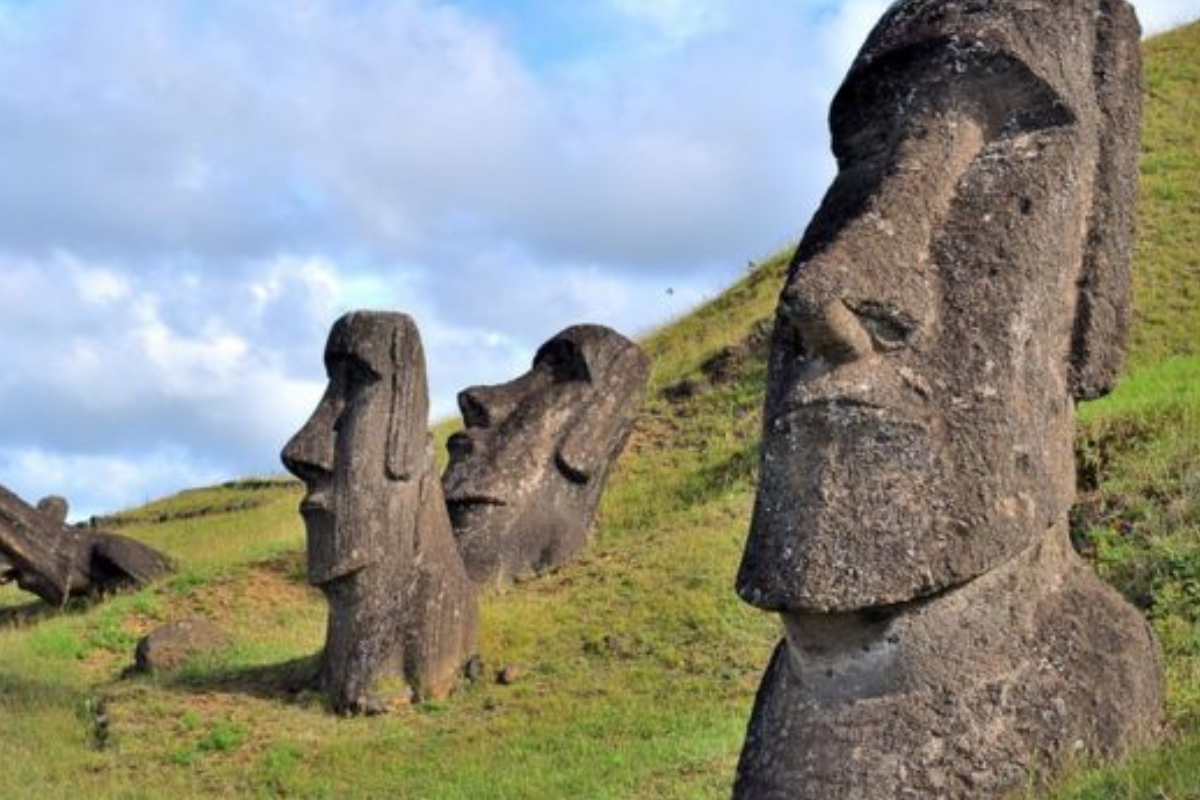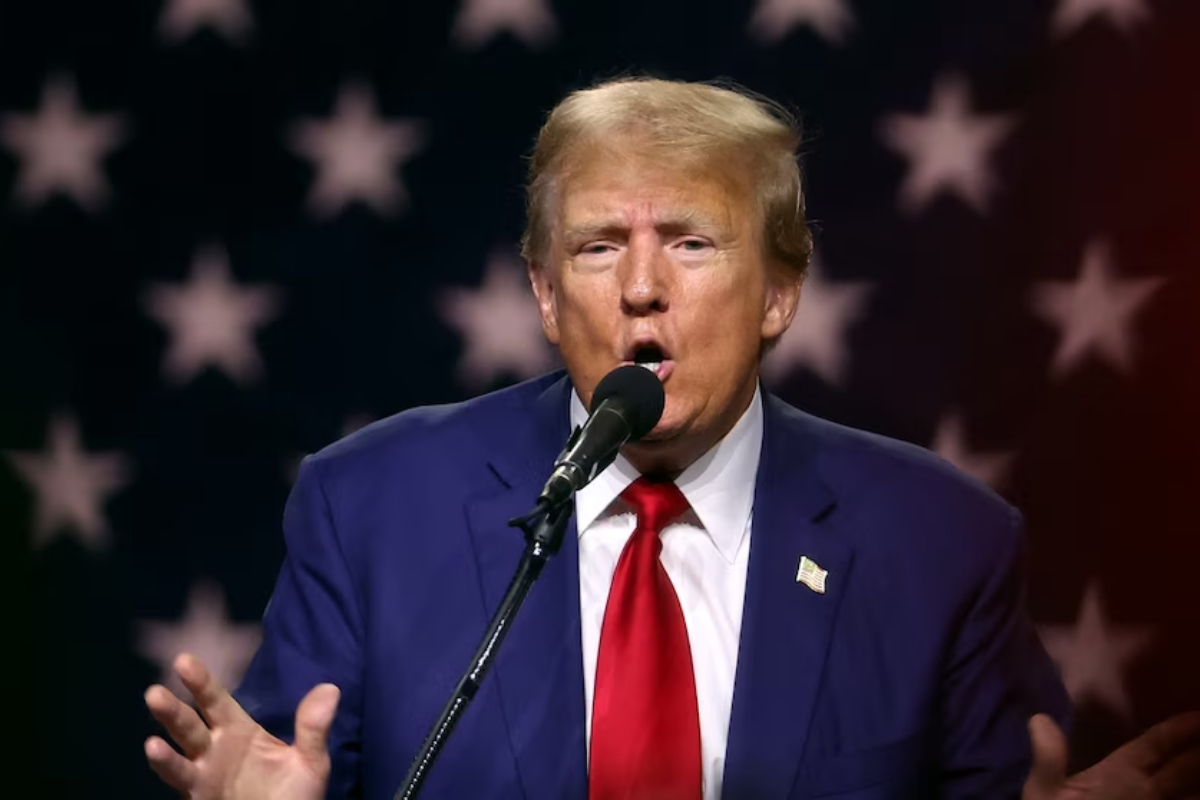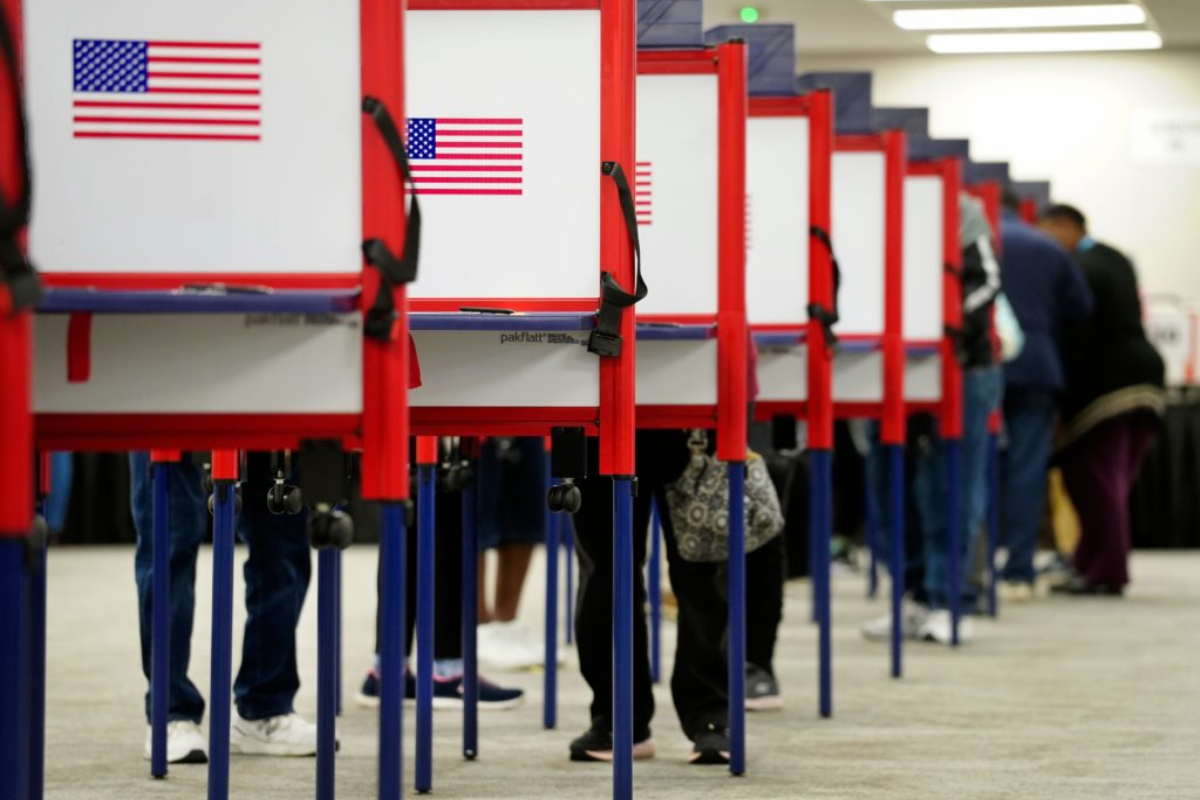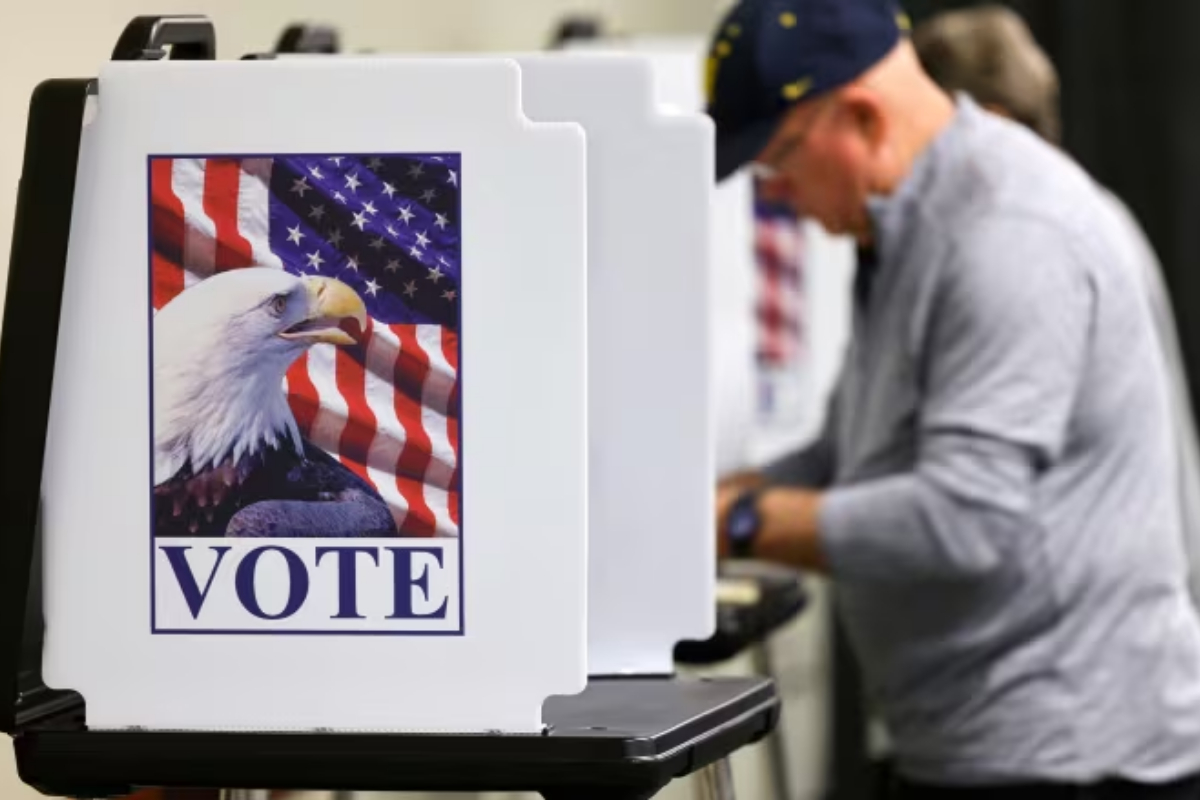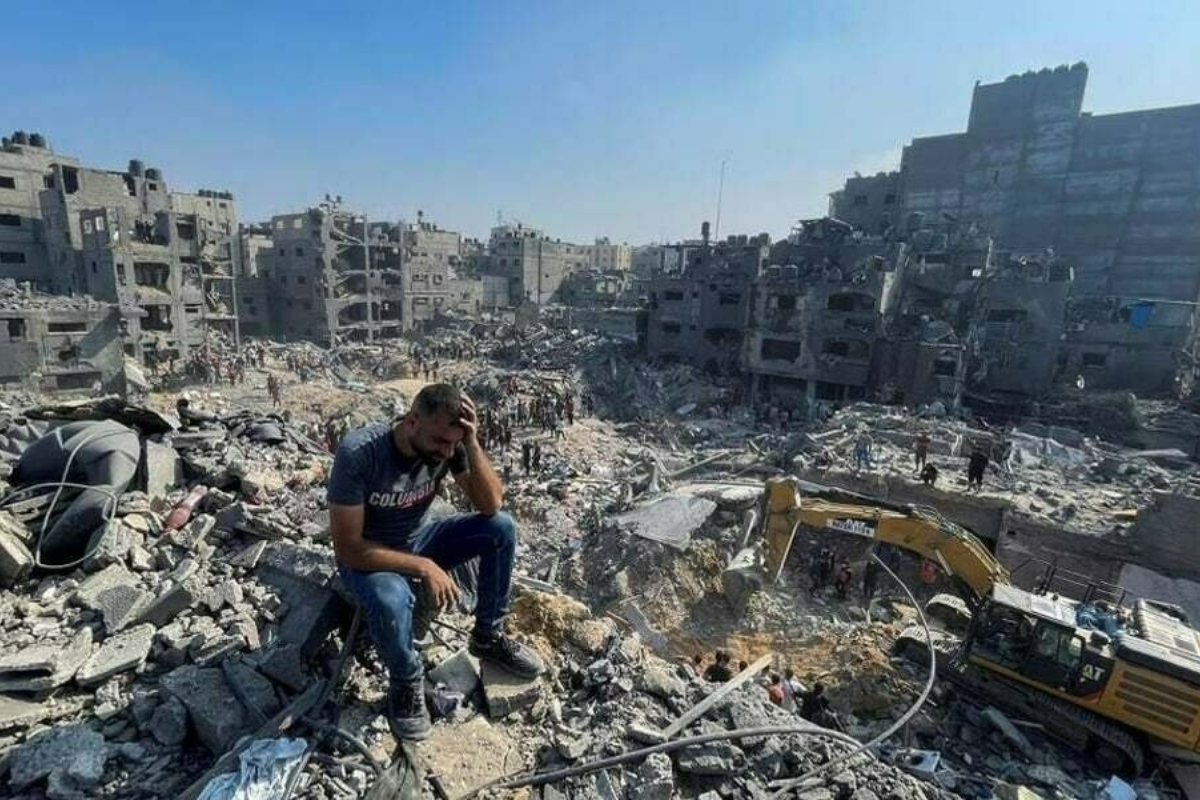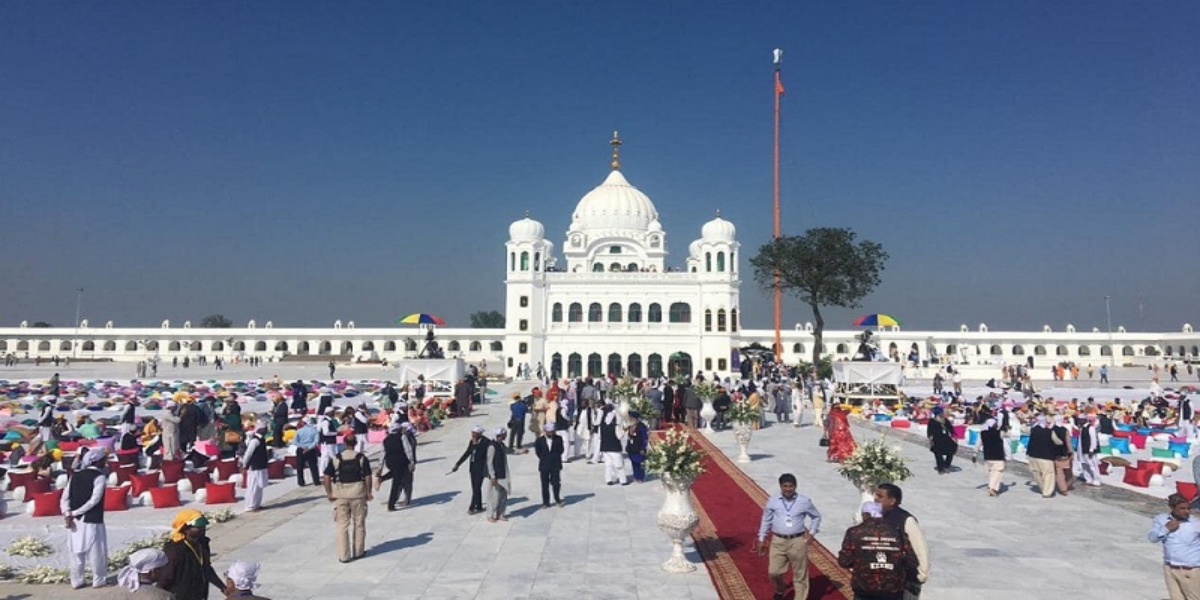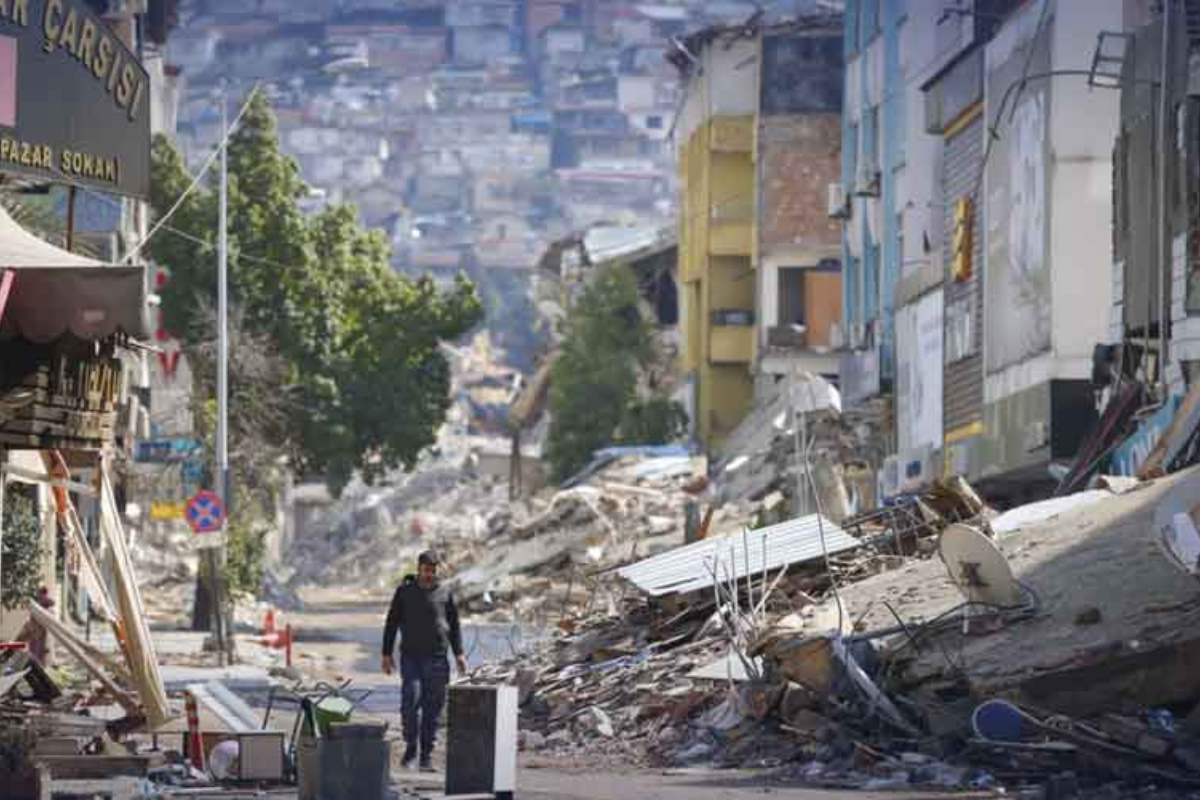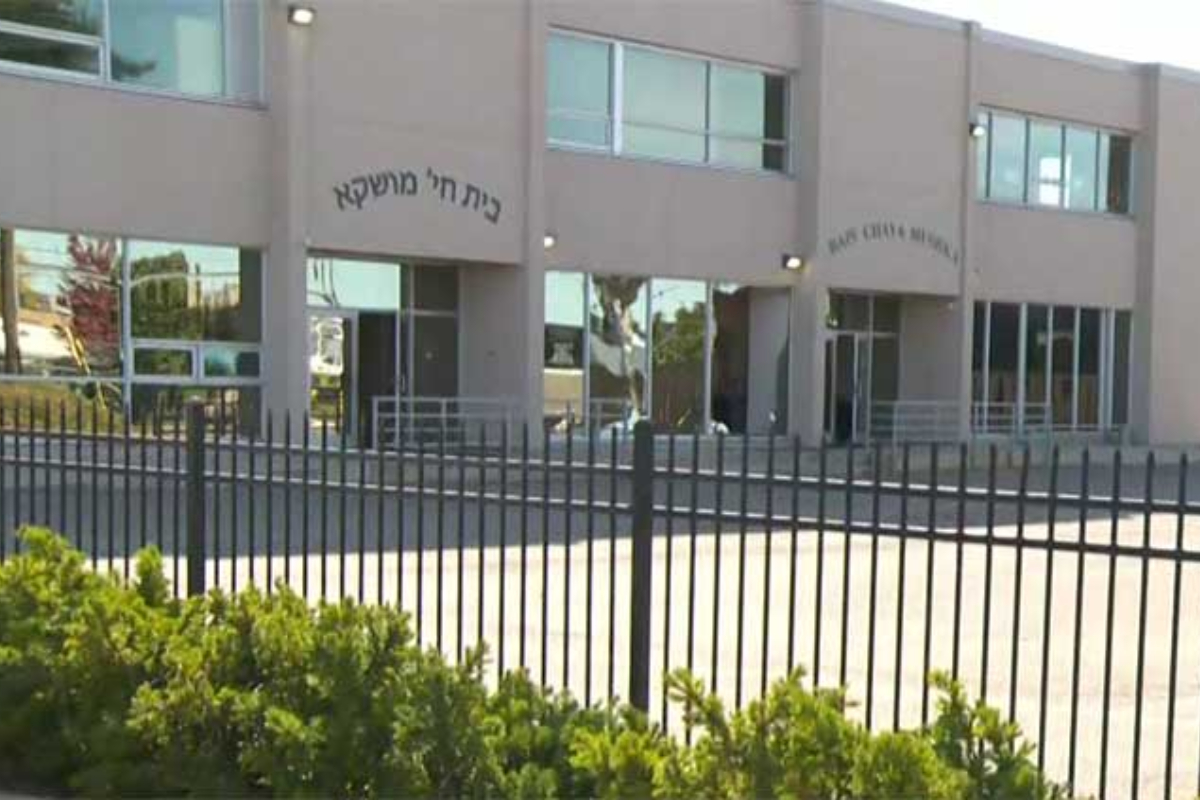- A fire has damaged an undetermined number of stone-carved monuments on Easter Island.
- Some of the charring on the statues is considered to be irreparable.
- The island’s mayor indicated he would prefer a financial commitment from the museum to secure the preservation of the surviving moai.
Some of the charring on the statues of Easter Island is considered to be irreparable after a fire.
According to Chile’s undersecretary for cultural heritage, the fire has damaged an undetermined number of stone-carved monuments.
On Easter Island, there are approximately a thousand megaliths known as moai. They have enormous skulls and stand approximately 4 metres (13 feet) tall.
They were carved around 500 years ago by a Polynesian tribe.
The fire, which broke out on Monday, affected “almost 60 hectares” (148 acres), according to a tweet by Carolina Perez Dattari, an officer for cultural heritage.
It is believed to have been intentionally ignited and is centred on the Unesco World Heritage-listed Rano Raraku volcano on Easter Island.
Easter Island is 3,500 kilometres (2,174 miles) from Chile’s coast. It reopened just three months ago after being closed for three years during the Covivirus-19 pandemic. The property is currently closed again while a conservation team assesses the damage.
The island’s mayor, Pedro Edmunds, told local media, “The fire’s destruction cannot be reversed.”

The director of the Ma’u Henua community, which manages the national park, described it as irreparable and has far-reaching implications.
“The moai are totally charred,” stated Ariki Tepano via the park’s official social media accounts.
On Easter Island, there are around 1,000 enormous stone statues and carvings, the greatest of which weighs 74 tonnes and stands 10 metres tall.
The statues were carved by the native Rapa Nui people between 1400 and 1650 and placed in a ring around the island with their backs to the interior.
In addition to their deep eyes and long ears, they wear stunning multi-ton caps made from a distinct sort of rock.
They were religious figures for the Rapa Nui, embodying the spirit of a notable ancestor. Each was regarded as the individual’s living incarnation.
One of the statues, known as the Hoa Hakananai’a, is kept in the British Museum, having been presented to Queen Victoria in the 1860s by a British naval commander.
In 2018, the Chilean government and island authorities sought its return.
However, the island’s mayor indicated he would prefer a financial commitment from the museum to secure the preservation of the surviving moai.
[embedpost slug=”/trove-of-historic-egyptian-coffins-and-statues-discovered/”]

